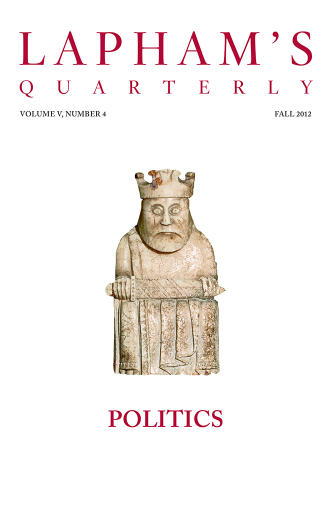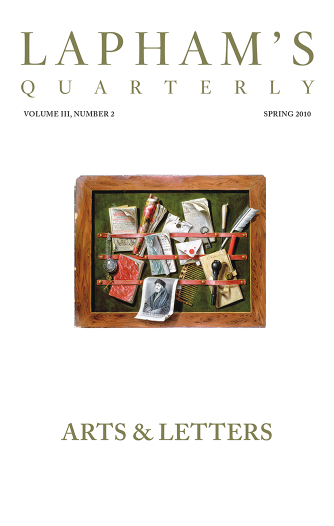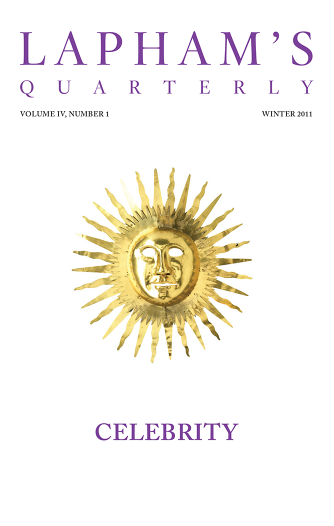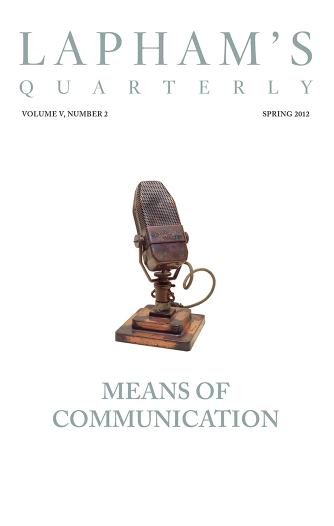
Percy Bysshe Shelley
(1792 - 1822)
Expelled from Oxford University in 1811, Percy Bysshe Shelley published his first major work, Queen Mab, two years later; he abandoned his wife and child in 1814, eloping with Mary Wollstonecraft Godwin. During a summer in Geneva with Lord Byron and his wife in 1816, he composed “Hymn to Intellectual Beauty” and “Mont Blanc,” while she began Frankenstein. Shelley drowned at the age of twenty-nine in 1822, a volume of John Keats’ poems in his pocket. His “Defense of Poetry”—where he famously declared, “Poets are the unacknowledged legislators of the world”—was not published until 1840.



